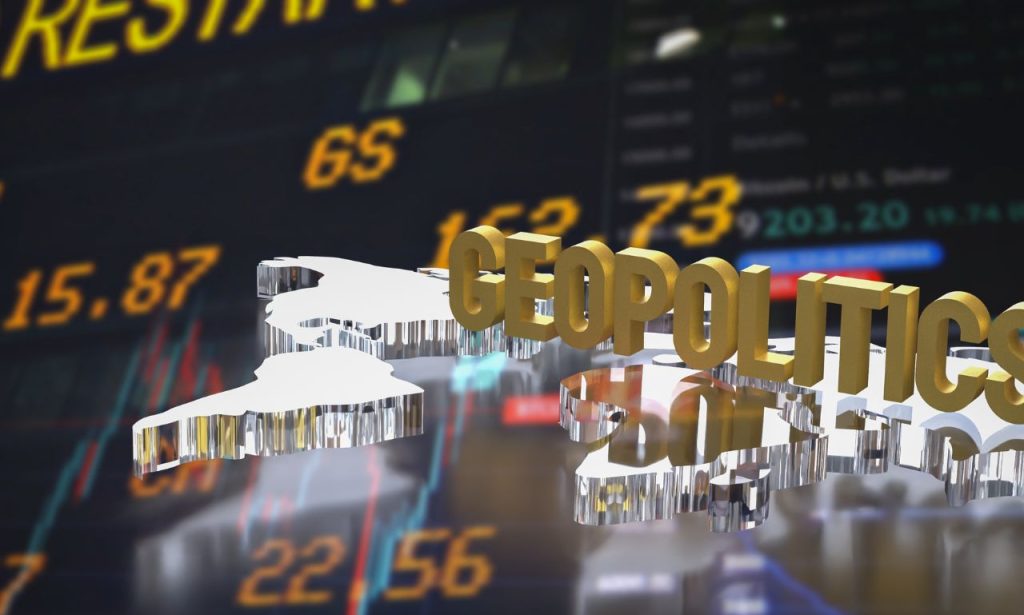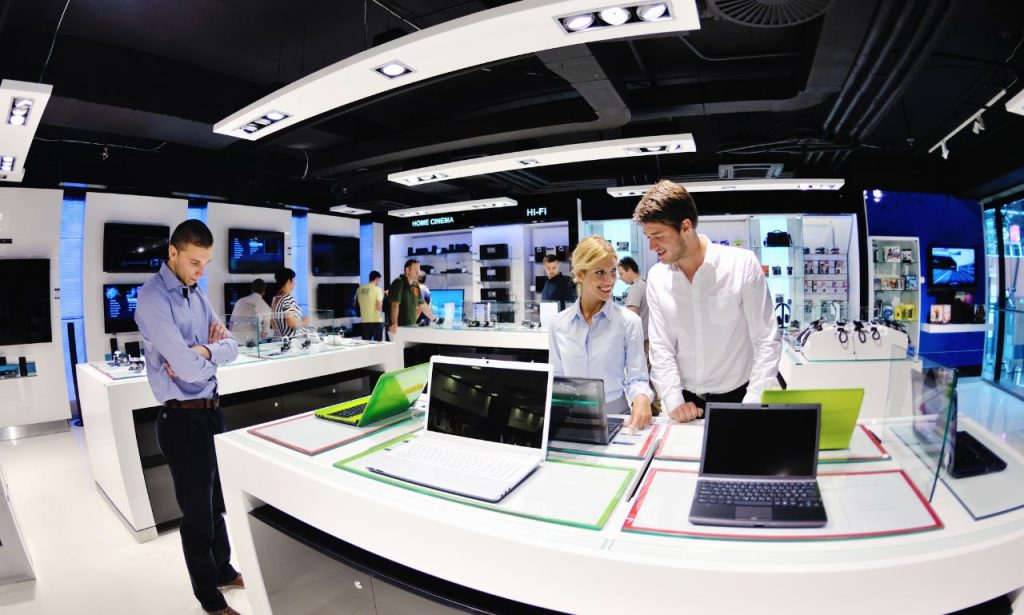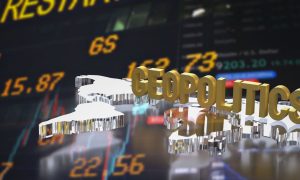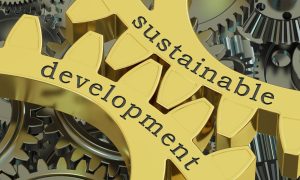What’s coming next in our rapidly changing world? I’ve spent countless hours analyzing trends and speaking with experts to paint a realistic picture of our near future. In 2030, we’ll see dramatic shifts across multiple domains that reshape how we live, work, and interact. The world five years from now won’t just be an extension of today—it’ll be fundamentally transformed by technological breakthroughs, geopolitical realignments, and societal evolutions happening right now. Let’s break down these changes and what they mean for you, your business, and our collective future.
Technological Advancements
The tech landscape of 2030 will make today’s innovations seem primitive by comparison. AI systems will integrate into nearly every aspect of daily life, from healthcare diagnostics to personalized education. Your morning routine might include a health assessment from your bathroom mirror while your AI assistant prepares your schedule based on your sleep quality and stress levels.
Quantum computing will finally break through to practical applications by 2030. These systems will solve complex problems that would take traditional computers millennia to calculate. This means revolutionary drug discovery, materials science, and climate modeling advances. Pharmaceutical companies will develop treatments tailored to your genetic makeup, while materials scientists will create new substances with properties we can barely imagine today.
5G will seem quaint as 6G networks become the standard, enabling connection speeds up to 100 times faster than we have now. This hyperconnectivity will transform industries like manufacturing, where real-time monitoring and adjustment of global supply chains becomes the norm. The Internet of Things will expand dramatically, with estimates suggesting over 125 billion connected devices worldwide by 2030. Your home appliances won’t just connect to the internet—they’ll anticipate your needs and coordinate with each other to optimize your energy usage and comfort.
Geopolitical Shifts

Power balances will undergo dramatic restructuring by 2030. China’s economy will likely surpass the United States in absolute terms, creating a bipolar world with new spheres of influence. The Asian century will be well underway, with India establishing itself as a definitive global power and countries like Vietnam and Indonesia growing into middle powers with significant regional influence.
The European Union will face a crucial test: adapt to the new multipolar reality or risk irrelevance. Internal pressures from aging populations and external challenges from migration will force European nations to deepen integration or watch their global influence wane further. Russia will continue its pivot eastward, strengthening energy and military ties with China while managing a difficult economic transition from fossil fuel dependence.
Democracy as a form of government will continue facing challenges worldwide. The appeal of clan-based governance models offering security and stability may rise in regions experiencing instability. Western countries will struggle with growing polarization, while some Asian nations will refine hybrid systems that blend economic openness with political control. The battle of ideas will shift from ideology to governance effectiveness, with citizens increasingly judging systems based on results rather than principles.
Societal Transformations
Our daily lives will look startlingly different by 2030. Remote work will become the dominant model for knowledge workers, with physical offices transformed into collaboration hubs rather than daily workplaces. Nearly half the workforce will participate in the gig economy, selling specialized skills on global marketplaces rather than committing to a single employer.
Aging populations will challenge social systems in developed nations. Japan, Germany, and Italy will pioneer new approaches to elder care, combining technology with community support. Robots will become commonplace in care facilities, while multi-generational housing will return in updated forms. Countries will compete for young immigrants to offset demographic decline, creating new migration patterns and cultural exchanges.
Education will undergo its most significant transformation since the Industrial Revolution. Traditional four-year degrees will give way to continuous learning models where workers constantly update skills. Virtual reality classrooms will connect students with the world’s best teachers regardless of location. The distinction between education and work will blur as employers directly fund and shape learning pathways aligned with emerging industry needs.
Deglobalization and Economic Trends
The hyperconnected global economy we’ve known for decades will fragment into regional blocs. Supply chains prioritize resilience over efficiency, with critical industries reshoring production to avoid disruptions. The American economy will focus on technological self-sufficiency, particularly in semiconductors and renewable energy. Asian economies will deepen regional integration through trade agreements that exclude Western partners.
Financial technologies will remake banking and investment. Central bank digital currencies will become widespread, giving governments new tools for monetary policy. Decentralized finance will grow into a parallel system, offering alternatives to traditional banking, especially in regions with unstable currencies. The investment landscape will split between massive index funds managed by AI and highly specialized boutique firms offering customized approaches.
Economic inequality will remain a central challenge. Some countries will experiment with universal basic income and wealth taxes to address growing disparities. Others will focus on education and entrepreneurship as paths to mobility. The pandemic-accelerated shift to digital commerce will continue, with physical retail spaces reimagined as experiential showcases rather than primary sales channels.
Environmental Challenges and Opportunities
The climate crisis will intensify by 2030, with extreme weather events becoming more frequent and severe. Coastal cities will make difficult choices about infrastructure investment versus managed retreat from rising seas. Agricultural patterns will shift as traditional growing regions become less viable and new areas open up. The insurance industry will be transformed as actuarial models struggle to price climate risk accurately.
Renewable energy sources will dominate new electricity generation, with solar and wind providing more than 50% capacity in advanced economies. Battery technology breakthroughs will make energy storage economically viable at the grid scale. Advanced AI development will optimize energy distribution, reducing waste and improving resilience against disruptions. Fossil fuel companies will transform into clean energy providers or face terminal decline.
The drive toward sustainability will reshape consumer behaviors and business models. Circular economy principles will become standard in manufacturing as resources grow scarcer and regulations tighten. Carbon emissions will carry real business costs, spurring innovation in capture and reduction technologies. Consumers will increasingly demand transparency about environmental impacts, with brands competing on sustainability credentials as much as price or quality.
Regional Focus
Different regions will face unique challenges and opportunities by 2030. North America will leverage technological advantages to maintain global influence despite demographic headwinds. The immigration debate will evolve as automation changes labor needs while climate pressures drive new migratory flows from Central America and the Caribbean.
Asia-Pacific nations will balance rising prosperity with environmental limits. China’s leadership will focus on maintaining social stability while navigating a challenging economic transition. India will benefit from a young population and a growing manufacturing base, but it must address water scarcity and infrastructure needs. Southeast Asian countries will emerge as essential manufacturing hubs as supply chains diversify away from China.
Africa’s moment will arrive as the continent’s young population drives economic growth and technological adoption. Mobile-first financial services will expand access to banking for hundreds of millions. African leaders will assert greater control over natural resources, negotiating more favorable terms with foreign investors. Climate adaptation will become a continental priority as agricultural systems face mounting pressure.
Internationalization of Conflicts
The nature of conflict will continue evolving beyond traditional military confrontations. Cyber warfare will become the primary battleground between major powers, with critical infrastructure as the primary target. State-sponsored hacking groups will operate with greater sophistication and deniability, blurring the lines between war and peace. Nations will develop offensive and defensive cyber capabilities as essential components of national security.
Resource access will drive new tensions around water, rare earth minerals, and arable land. The Arctic will become a contested region as melting ice opens shipping routes and resource extraction opportunities. Countries will increasingly use economic tools like sanctions and investment restrictions as alternatives to military action. International institutions will struggle to manage these new forms of conflict without significant reforms.
Sino-US tensions will define the global security environment, with both powers competing for influence while trying to avoid confrontation. Middle powers will gain leverage by playing larger nations against each other in a modern version of non-alignment. Regional security arrangements will grow in importance as global consensus becomes harder to achieve on key issues.
Business and Consumer Landscape

The business world of 2030 will operate under dramatically different conditions. Companies will face intense pressure to demonstrate purpose beyond profit, with environmental and social impact becoming core to corporate strategy. Stakeholder capitalism will replace shareholder primacy as the dominant model, with companies held accountable to broader constituencies. Adequate investment resources will flow to businesses addressing significant societal challenges.
Consumer behavior will continue shifting toward experiences over ownership. Subscription models will expand beyond digital content to physical goods, housing, and transportation. Personalization will reach new heights as AI systems predict preferences with uncanny accuracy. Privacy concerns will lead to new business models built around data ownership and consumer control.
Financial markets will incorporate climate risk into all valuations, fundamentally altering investment patterns. Carbon-intensive industries will face higher capital costs and stricter reporting requirements. Green finance will become popular, with sustainable investment products attracting trillions in capital. 3D printing will transform manufacturing, enabling on-demand production that reduces waste and inventory costs.
Conclusion
The world in 2030 won’t be unrecognizable, but it will operate by different rules than today. The combination of technological advancement, geopolitical realignment, and environmental pressure will profoundly reshape our lives. The most successful individuals, businesses, and nations will anticipate these changes and position themselves accordingly.
No crystal ball can perfectly predict the future. Some trends will accelerate beyond our expectations while others will fizzle unexpectedly. What’s certain is that adaptability will be the most valuable skill in the coming decade. Those who can learn continuously, think systemically, and remain flexible in planning will thrive in the transformed landscape of 2030.
The challenges ahead are significant, but so are the opportunities. By understanding the forces shaping our future, we can make better decisions today that will position us for success tomorrow. The world of 2030 is being built through the choices we make as individuals, organizations, and societies.
ALSO READ: How Can Countries Grow Sustainably?
FAQs
AI will automate many routine tasks and create new job categories. The nature of work will change more than the availability of work.
Extreme weather events will become more common, affecting most regions’ food prices, insurance costs, and infrastructure planning.
The US and China will remain dominant, with India, Indonesia, and Brazil gaining significant influence as regional powers.
Traditional banking will incorporate blockchain technology while central banks launch digital currencies, creating a hybrid financial system.
Continuous learning models will replace traditional degrees, emphasizing skills acquisition and virtual learning environments.




